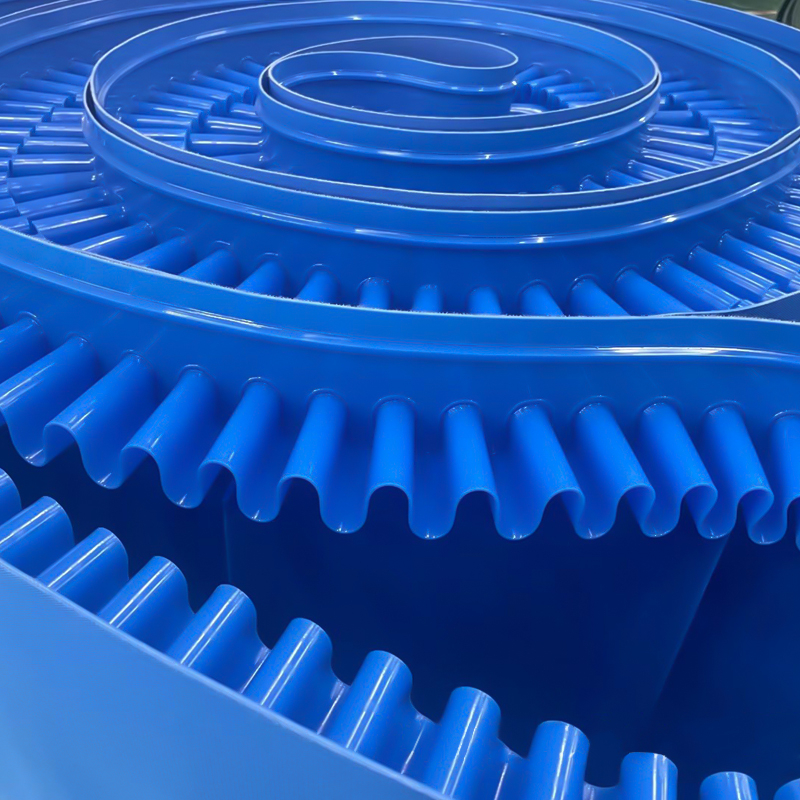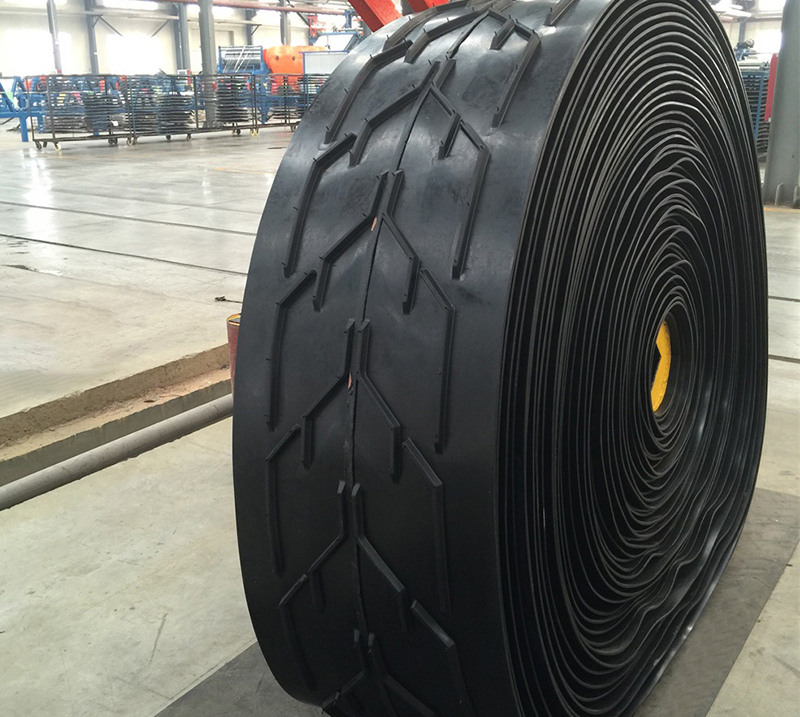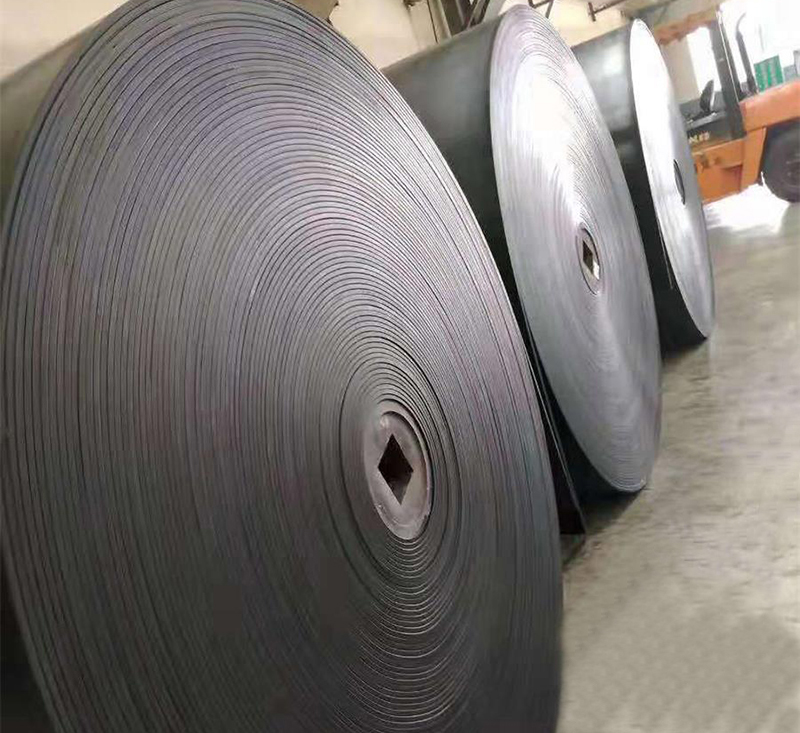Conveyor belts, ubiquitous in manufacturing, logistics, and numerous other industries, serve as the lifeline for efficient material handling and production processes. While the specific weight of a conveyor belt depends on various factors, exploring these considerations provides insights into their design, functionality, and applications.

Material Composition:
One of the primary factors influencing the weight of a conveyor belt is its material composition. Conveyor belts can be made from various materials, including rubber, PVC, metal, and fabric. The choice of material is dictated by factors such as durability, flexibility, and resistance to wear and tear.
Belt Thickness and Layers:
The thickness and number of layers in a conveyor belt contribute significantly to its weight. Thicker belts with multiple layers offer increased strength and durability, which is crucial for handling heavy loads and withstanding the rigors of industrial environments.
Carcass Type:
The carcass, or the internal structure of the conveyor belt, plays a vital role in determining its weight. Belts may feature fabric or steel cord carcasses, each with distinct properties affecting tensile strength and overall weight.
Coverings and Coatings:
Additional coverings or coatings applied to the belt can impact its weight. These may include layers for protection against abrasion, chemicals, or extreme temperatures. The choice of coverings is often tailored to the specific needs of the industry or application.

Width and Length:
The dimensions of a conveyor belt, including its width and length, directly contribute to its overall weight. Larger belts designed for broader applications or extended conveyor systems will naturally weigh more than smaller counterparts.
Accessory Components:
Various accessory components, such as cleats, sidewalls, and tracking guides, can be integrated into conveyor belts to enhance their functionality. While these components add weight, they are essential for specific applications, like incline or decline conveyors.
Tensioning Systems:
Tensioning systems, whether achieved through mechanical fasteners or vulcanized splicing, also influence the weight of the conveyor belt. Proper tensioning is critical for optimal performance and longevity.
End Connectors and Joining Techniques:
The type of end connectors and joining techniques employed impact the weight distribution along the conveyor belt. Mechanical fasteners or vulcanization processes contribute to the overall weight of the system.

Industry-Specific Requirements:
Different industries have varying requirements for conveyor belts. For instance, heavy-duty applications in mining or construction may necessitate robust, heavyweight belts to withstand demanding conditions.
Environmental Considerations:
Environmental factors, such as temperature and humidity, can affect the weight of conveyor belts over time. Manufacturers consider these factors during the design and production phases to ensure the longevity and reliability of the belts.
the weight of a conveyor belt is a multifaceted aspect determined by a combination of material composition, design features, and industry-specific requirements. Understanding these factors is crucial for selecting the right conveyor belt for a particular application and ensuring optimal performance in diverse industrial settings.
Tag:Light Duty Conveyor Belt,Rubber Conveyor Belt,PTFE Belt

